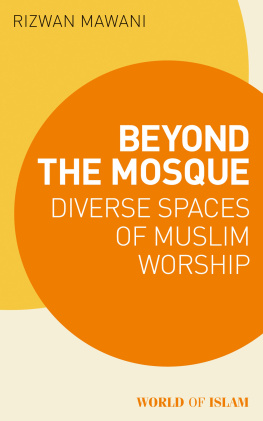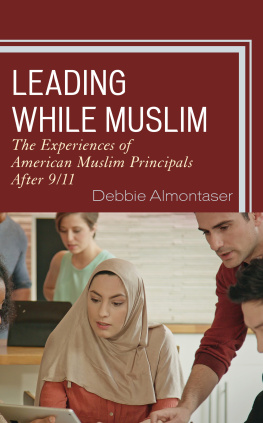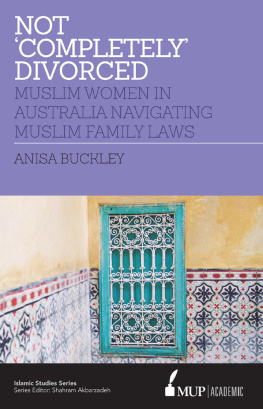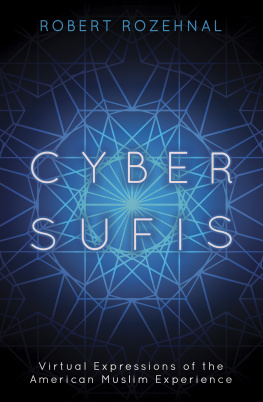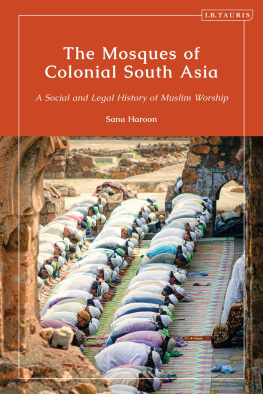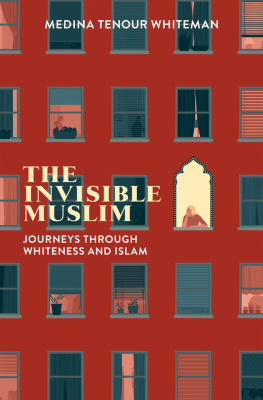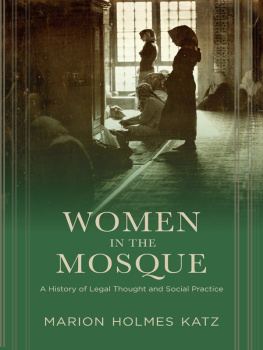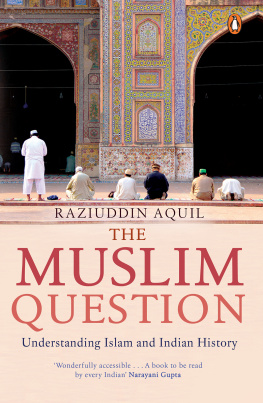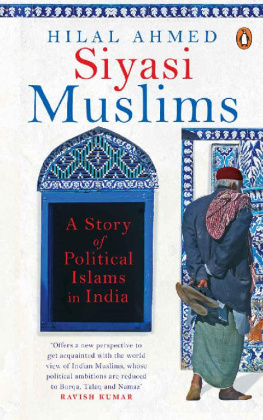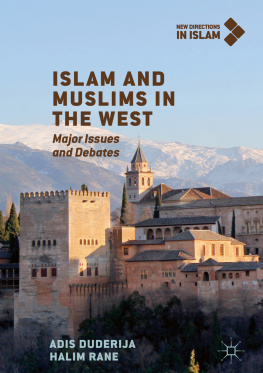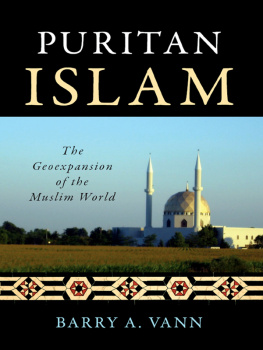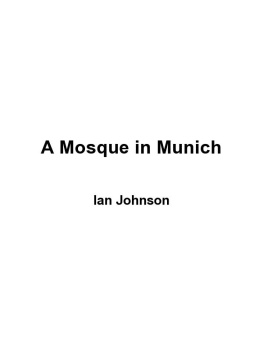

Dedicated to the most resilient
person I know:
my mother
Allah is the Light of the heavens and the earth. The Parable of His Light is as if there were a Niche and within it a Lamp: the Lamp enclosed in Glass: the glass as it were a brilliant star: Lit from a blessed Tree, an Olive, neither of the east nor of the west, whose oil is well-nigh luminous, though fire scarce touched it: Light upon Light! Allah doth guide whom He will to His Light: Allah doth set forth Parables for men: and Allah doth know all things.
(Lit is such a Light) in houses, which Allah hath permitted to be raised to honour; for the celebration, in them, of His name: In them is He glorified in the mornings and in the evenings, (again and again).
The Holy Quran 24:3536
If light is in your heart, you will find your way home.
Jalal al-Din Rumi,
13th-century mystic and poet
Contents
Worship has long served communities of the faithful as a means of communication with the Divine. Whether in the form of liturgy, or devotional acts, for many it remains an indispensable facet of day-to-day life. However, in a world increasingly influenced by consumerism and individualism, the concept of worship with its veneration of an impalpable deity can often seem far removed from our lived realities. Similarly, while spaces of worship form integral parts of our landscapes, we seldom engage in the significance of their presence. More often than not they have become homogenized into structures synonymous with particular faiths; be it Christianity and the church, Judaism and the synagogue, or Islam and the mosque.
In spite of this, the diversity within faith communities themselves continues to challenge our preconceptions of how and where worship takes place. Just as the Coptic Christian community in Cairo have their own trajectories of piety, influenced in notable ways by their surroundings, so too do their co-religionists in Brazil who make up the worlds largest Roman Catholic population. In both cases, their history and experience of being Egyptian or Brazilian, speaking Arabic or Portuguese, or living in Mediterranean Africa or South America shape their very experience of being human, let alone Christian.
This is similarly reflected in the Hinduism of the West Indies (the leading religion amongst Indo-Caribbeans) and that of Bali, Indonesia. Further accentuating the diversity of each culture is the majoritarian context of one and the minoritarian context of the other. While one case consists of transplanted migrant communities that have found ways for their traditions to consciously speak through an adopted culture, the other exists as a community on an island surrounded by an archipelago of the largest Muslim population in the world. Given this evident diversity within religions, it is only to be expected that Islam one of todays major world religions, with over 1.5 billion adherents is no exception.
Muslims form a global community (umma) united by a common belief and value system as decreed by God. Essential to this system is the recognition of the Quran as Gods final message to mankind revealed through His Prophet, Muhammad (ca. 571632), via the archangel Gabriel. The vast differences in how Islam takes form arise because of the ways in which the Quranic text is interpreted by communities and cultures, each with their own trajectories of history, experience and understanding.
Just as there is no single interpretation of Islam, the spaces and rituals that accommodate Muslim communities across the globe also have no set form. While the mosque has come to predominate over our architectural assumptions and is often considered as the place of worship for Muslims, a survey of where ritual takes place as is done here on my journey through the Muslim world and its sites of piety demonstrates that there are alternative venues in which Muslims pray. After more than 1,400 years of Muslim history and development, it should come as no surprise that not only do spaces of worship beyond the mosque exist, but they can be found in all corners of the Muslim world. Placing a particular emphasis on ritual practice and space, this book focuses on the variety of expressions of worship that Islam has evoked.
Today, and throughout history, Muslims are invoking established touchstones. Many are cleaving to their own traditions under the threat of homogenization and the attempt to create a global Muslim identity. Others are choosing architectural symbols, such as the dome and minaret, not only in solidarity with other Muslims, but because it is perceived as the most Islamic option, even though these elements may not be indigenous to their own environments. Stories of the first Muslim settlers in Europe and the Americas are often associated with the building of the first mosque or other communal spaces. The ideas of first spaces are also preserved in the memories of migrant communities. Whatever region in the world they may be in, whether it be rural Indonesia or urban Paris, congregations and communities continue to find ways to interpret what Islam means to them and to express those ideals in the forms of the structures they pray in.
These range from the imambaras and husayniyyas of Twelver, or Ithnaashari, Shii Muslims (the largest community of Shii Muslims, who number in the hundreds of millions), to the khanaqahs, zawiyas and tekkes of more mystically minded Muslims who are usually categorized under the broader umbrella of Sufism. Muslim sites of worship also include the shrine, which not only memorializes sacred figures and relics across the Muslim world, but speaks to the intimate and personal relationships that many Muslims have with religious space. There are countless other spaces that have come, in time, to host the varieties of Muslim devotion and practice, demonstrating how multiple traditions of piety coexist amongst Muslims.
However, while examining spaces of worship serves as a useful avenue for understanding elements of Muslim practice, by no means does it tell us everything about Muslim identities, which cannot be simply reduced to religious convictions or beliefs. While religious beliefs are certainly important for many, we need to be aware that Muslims similarly relate to their regional cultures or their positions in society; for Islam has many voices and equally as many faces.
Drawing upon first-hand accounts from my own journey to the Muslim world and primary and secondary scholarship when necessary this book offers an anthropological window into Muslim piety in the early 21st century. In doing so, it is hoped that discussions concerning multiplicity in Muslim space and ritual, and Islam more widely, become more nuanced and more inclusive.
We will begin by looking at three very different approaches to the masjid, or mosque. From the earliest historical experiences of Muslims before the establishment of formal institutions, when sites and rituals were still in a state of flux in the Arabian Peninsula and elsewhere, we will explore the emergence of ritual and space. Understanding the masjid as the pre-eminent, yet not unique, space used by the earliest Muslims, from its modest beginnings as an adjunct to the house of the Prophet Muhammad to its most elaborate manifestations today, will follow. As we broaden the Muslim religious landscape by considering spaces beyond the masjid, diverse sites of piety such as the husayniyya, jamatkhana, khanaqah,
Next page
